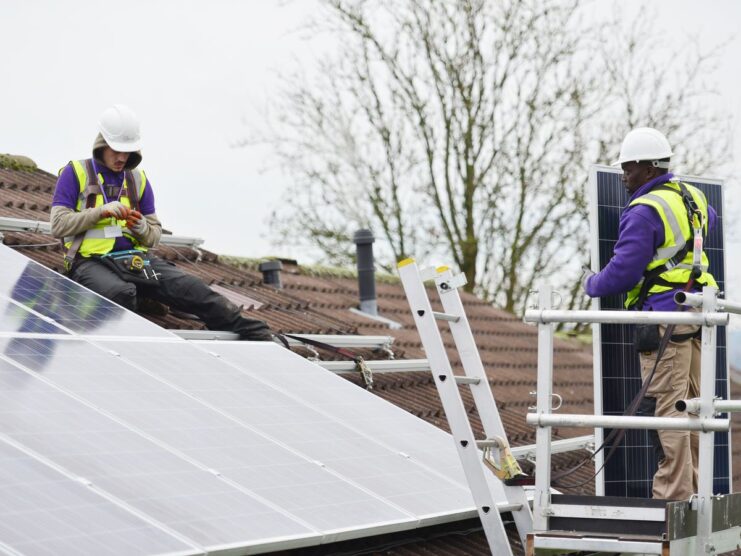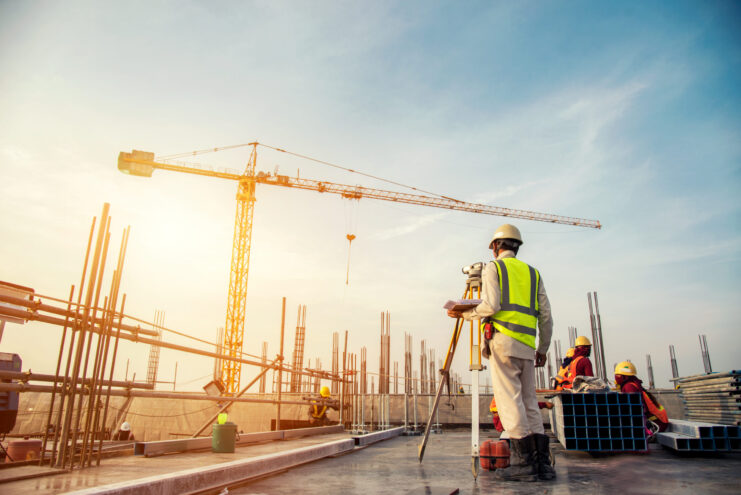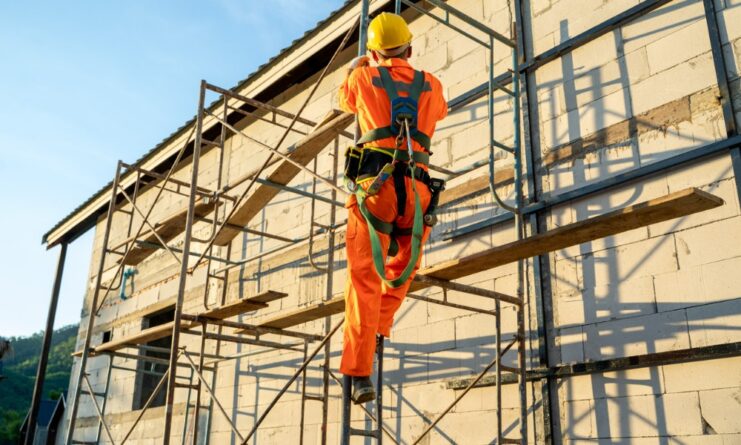As a construction industry professional, you know that working with elevated areas can be challenging, especially when it comes to worker safety. It’s essential to follow specific techniques and guidelines to ensure a safe and efficient work environment. Whether you’re working on a high-rise building or a simple home renovation project, understanding these techniques is crucial to the success of your project.
We’ll start by discussing how to create a safe work environment by utilizing proper equipment and protective gear. We’ll go over the importance of assessing the work area, identifying potential hazards, and avoiding them where possible. Aside from the techniques, you should also consider the right equipment from Lakeside Hire to ensure the job is done safely and efficiently.
1. Choose Appropriate Tools

Working on elevated areas, such as roofs, high ceilings, or tall buildings, can be extremely challenging and dangerous if proper safety measures are not taken. One of the essential techniques for working with elevated areas is choosing appropriate tools for the job. This involves selecting equipment that is suitable for both the task at hand and the height at which it needs to be performed. For instance, when working on a roof, you will need to use tools that are designed to provide stability and prevent slips, such as roof ladders, roof brackets, and harnesses.
Similarly, when working on high ceilings or tall structures, you will need to use scaffolding, aerial lifts, and other equipment that can provide access and support at varied heights. It is crucial to invest in quality tools and equipment that meet safety standards and are regularly inspected and maintained to ensure they remain in good condition. Failure to choose and use appropriate tools can result in accidents that lead to serious injury, loss of productivity, and legal liability.
2. Utilize Proper Safety Measures
Utilizing proper safety measures when working at height is critical for preventing accidents and injuries. Falls from elevated areas can result in severe injuries and even fatalities, making it essential to implement proper safety procedures. Some key safety measures to consider are wearing appropriate personal protective equipment (PPE), ensuring the stability of ladders and scaffolds, and using guardrails or safety nets.
It is also important to be aware of any hazards in the work environment that could increase the risk of accidents, such as low lighting or uneven surfaces. By taking these safety measures seriously, workers can minimize the risk of accidents and work more confidently and efficiently when dealing with elevated areas.
3. Avoid Hazards While Navigating an Elevated Area

In any elevated work area, safety should always be a top priority. One of the key techniques for staying safe while working at heights is to avoid hazards. Hazards can include uneven surfaces, slippery areas, and loose debris that can cause tripping, slipping, or falling. To avoid these hazards, it’s essential to always inspect the area before beginning work and to keep the work area organized and clear of any debris.
Additionally, it’s important to take precautions such as using non-slip shoes with good tread, utilizing fall protection equipment, and avoiding unmarked or poorly lit areas. By being aware of these hazards and taking steps to avoid them, workers can increase their safety and reduce the risk of accidents while navigating elevated areas.
4. Identify and Use the Right Materials for the Job
One of the essential techniques for working with elevated areas is identifying and using the right materials for the job. The right materials ensure safety and efficiency in elevated construction sites. Using inferior-quality materials could lead to potential hazards to workers and to the integrity of the elevated structure. As such, it is imperative to select materials that meet the necessary requirements regarding durability and strength.
Additionally, selecting materials that are adaptable to different conditions is important, especially in areas with harsh weather conditions. Using the right materials for the job not only ensures the successful completion of the work but also enhances overall safety for everyone involved.
5. Securely Attach the Materials to the Area

In order to ensure safety while working with elevated areas, it is essential to secure the materials in the area. Whether you are fixing a roof or painting a high wall, you need to make sure that the materials you are working with are securely attached to prevent any accidents or injuries. To securely attach the materials, you need to use the right tools and equipment, such as ropes, harnesses, clamps, and scaffolds.
The materials must be properly anchored, fastened, or tied down to the elevated area to prevent them from shifting or falling off during the work. These precautions will help increase the safety of the workers, protect the materials being worked on, and prevent any damage to the property or area being worked on.
Best Practices for Efficient and Productive Work
Firstly, effective time management plays a pivotal role. Prioritizing tasks, setting clear goals, and breaking them down into manageable chunks helps maintain focus and minimize distractions. Additionally, creating a conducive work environment by organizing resources, minimizing clutter, and optimizing ergonomics fosters productivity. Regular breaks, exercise, and maintaining a healthy work-life balance prevent burnout and enhance overall efficiency.
Collaborative approaches, such as effective communication, delegation, and teamwork, harness collective strengths and streamline processes.
Finally, continuous learning, skill development, and embracing technology and automation keep work methods up to date and improve productivity in the long run. By implementing these best practices, individuals and teams can achieve higher levels of efficiency and productivity in their work.
In Conclusion

Elevated areas can really benefit a project by providing additional space or making a statement, but they also bring potential challenges. With the right techniques and safety measures, however, elevated areas can be used safely and effectively. By following the seven essential techniques outlined in this blog post, you can confidently tackle your elevated area projects with the expertise and knowledge needed to succeed.

